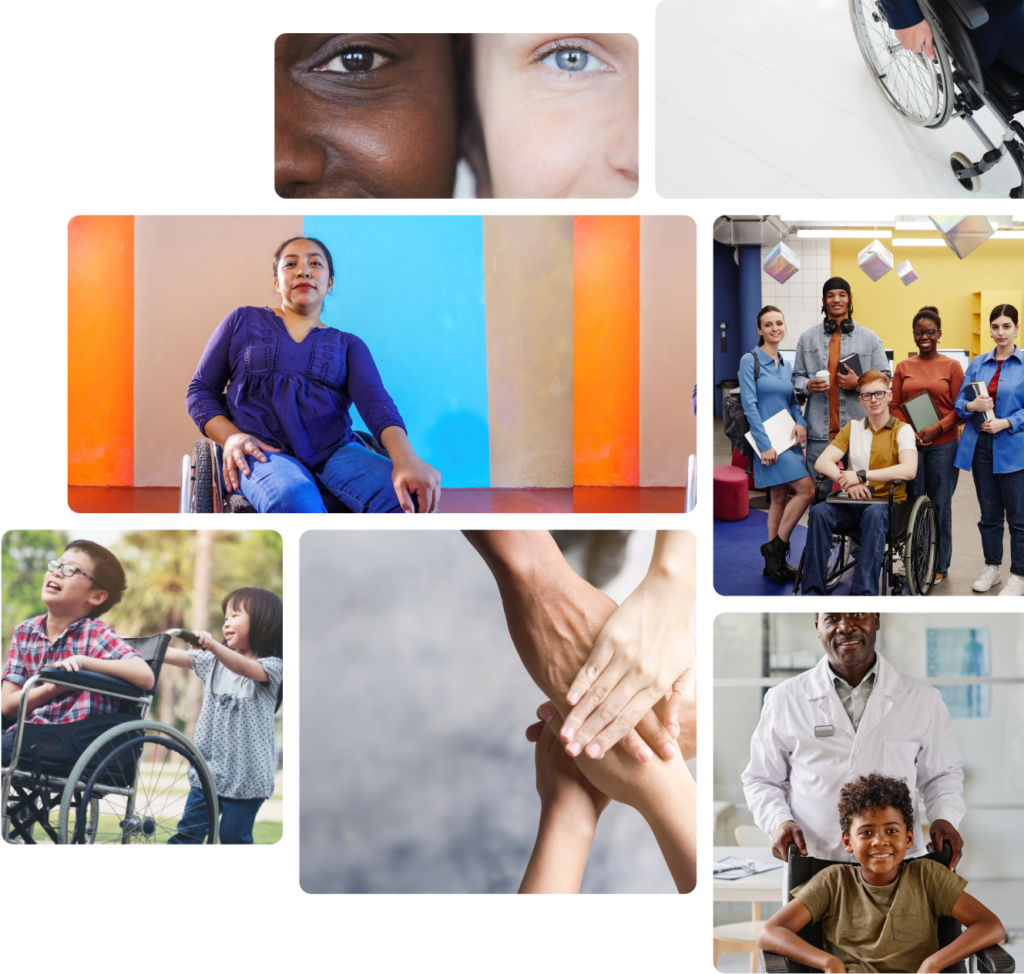
DiDRRN is a consortium of like-minded Organisations of Persons with Disabilities (OPDs) and ‘mainstream’ and disability-focused development and relief organisations. Our collective aim is to secure the active participation, and meaningful contribution, of persons with disabilities in DRR policy and practice post – Sendai Framework for Disaster Risk Reduction








Around 15 per cent of the world’s population, or estimated 1 billion people, live with disabilities. They are the world’s largest minority.
(WHO)

71% of persons with disabilities do not have an individual preparedness plan for disasters.
(UNDRR, 2013)

About 85% of persons living with disabilities have not participated in community disaster management and risk reduction processes in their communities.
(UNDRR, 2013)

63% of persons with disabilities need assistance evacuating
57% of persons with disabilities face barriers accessing DRR information.
(ASB & University of Sydney, 2014)
